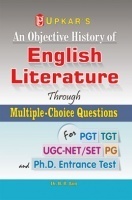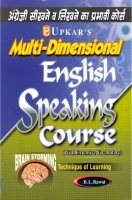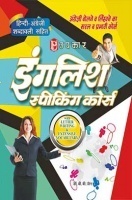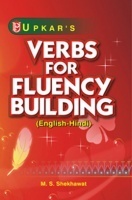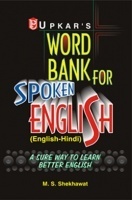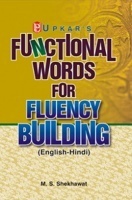English Language Teaching (ELT), especially English as a Second Language (ESL) and English as a Foreign Language (EFL), has been witnessing unprecedented changes in curriculum, teaching methodology, and the application of learning theories. This has created a demand for teachers who can teach English to learners of varied cultural, socio-economic and psychological backgrounds.
The book, in its second edition, continues to discuss the modern trends, innovations, as well as the difficulties and challenges in teaching and learning ESL in a non-native context. The book, with contributions from many experts (each one specializing in a particular field) from countries such as UK, USA, Australia, New Zealand, India, Nigeria, Sri Lanka, China, and Japan, provides new methods, strategies and application-oriented solutions to overcome the problems in a practical way.
The book deals with all topics pertinent to English as a Second Language or English for the non-native speakers, and these are further reinforced by a large number of examples and quotations from different sources.
The new edition comes along with thoroughly improvised chapters on Narrative Inquiry for Teacher Development (Chapter 13) and Mass Media, Language Attitudes and Language Interaction Phenomena (Chapter 23): to provide an insight on the innovative approaches in Teacher training and in classrooms, and new approaches and changing language dimensions in the world of media, and in general.
What distinguishes the text is its focus on modern innovations and use of technology in ELT/CLT (Communicative Language Teaching).
Postgraduate Students of English, teachers, teacher-trainees (B.Ed./M.A. Education/M.Ed.), and teacher-educators who are concerned with teaching English as a Second Language (ESL) should find this book immensely helpful.
Preface. List of Contributors. 1. English: An Alladins Lamp.
Part 1: Communicative Language Teaching in ESL Context2. What Can We Learn from Classroom Observations?: A study of CLT in a Chinese University Context. 3. Communicative Language Teaching and English Language Teaching in Nigeria. 4. Communicative Language Teaching: An Indian Teacher Resolves a Methodology Dilemma. 5. Integrating ICT in the Language Classroom: An Intercultural Journey?
Part 2: Multimedia in ELT
6. Computer-Assisted Language Learning: Its Future. 7. Podcasting as an Effective Tool for Language Learning. 8. Making Language Teaching Relevant for the Digital Age.
Part 3: Content Based Instruction9. Content-based Instruction. 10. Familiarity and Planning in Task-based Learning. 11. A Fine How Do You Do: Contextual Factors within English Greetings.
Part 4: Factors Affecting ESL Teaching12. Motivation and Demotivation Factors in Language Learning. 13. Narrative Inquiry for Teacher Development. 14. Redefining Learner Autonomy in the Indian ESL Context. 15. Teaching English at the Undergraduate Level: Groping in the Dark? 16. Applying Knowledge of Psycholinguistics in Language Teaching and Learning.
Part 5: Games and Activities in ESL Classroom17. Language-based Games and Motivation: Using Games in the ESL Classroom. 18. Dynamic, Interactive Classroom Activities. 19. Games and Students Motivation in Foreign Language Learning.
Part 6: Vocabulary Development
20. Vocabulary Learning through Experience Tasks. 21. Enhancing ESL Learners Lexical Competence. 22. Morphological Analysis and Vocabulary Development: Critical Criteria. 23. Mass Media, Language Attitudes and Language Interaction Phenomena.
Part 7: Pedagogical Reorientation of Grammar24. Revising Our Paradigm: Teaching Grammar as Text Inquiry. 25. A Reflection of Pedagogic Value on Swans Design Criteria and Westneys Approach to Grammar Teaching.
Part 8: Developing Communication Skills
26. Developing the Speaking and the Writing Skills at Technical Institutes: A Classroom Investigation with Suggestions. 27. Integrating Skills: Business Presentations for Business Students.
Part 9: Multiculturalism in ESL28. Linguistic Migrations: Teaching English in Multicultural Contexts. 29. Identity Maintenance for Non-native Speakers of English. 30. Enacting a Plurilingual Pedagogy: English Language Policy and Instruction in India. 31. Investigating Linguistic Diversity in American Classrooms. 32. Crosstalk in Multilingual Interactions among Non-native Speakers of English.
Part 10: Curriculum Development33. Universals in the Process of Curriculum Development in ELT.
34. Communicative Language Teaching: Problems of Designing Syllabuses and Producing Materials. 35. Constructing Curriculum for an Intensive English Program.
Part 11: Language Testing36. Testing Communicative Competence.
Index.










